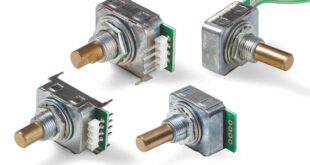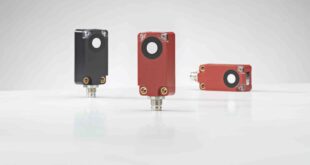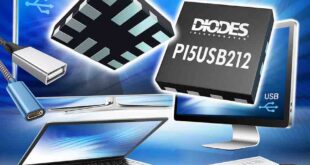This year’s World Safer Internet Day theme was ‘All fun and games? Exploring respect and relationships online’. Besides promoting more positive and safer use of digital technology for young people, the chosen theme also raised awareness about the importance to protect sensitive data in the digital world. Marcin Bala explains how to achieve safe and reliable networks
Today, almost all systems depend on an Internet connection. While this helps the world to be more interconnected, it also makes users more vulnerable to cyberattacks. In the past couple of years, during the COVID-19 crisis, cybercrime has increased by 600%, according to cloud technology publication Cloudwards.
Cloudwards also shows that phishing — creating fraudulent emails or websites and lure recipients into clicking on a malicious link meant to steal their data — is the most widespread method of cyberattack, with more than 65% of American companies falling victims to it every year.
How encryption can help
One way to prevent phishing and ensure the networks we use are secure is by adding encryption layers. Encryption has become almost vital nowadays with the rise of remote/hybrid work and employees accessing company data from their homes.
Encryption is a way of translating data from plain text into cypher text using different algorithms. An email between colleagues or a video sent in a conference call are good examples of plain text. If this text is intercepted by a malicious third party, it can bring damages to the company. To ensure the text is secure, user can use encryption keys to send information and a decryption key to read the text.
Due to the evolution of technology and the sophistication of hacking methods, there are now various types of encryption keys and layers. One of the most commonly used standards for encryption is the Advanced Encryption Standard (AES), which is resistant to liner and differential encryption and offers complete protection of the data transmitted.
Layer three encryption is mostly used in public transport networks for the secure transmission of IP-packets. This technology encrypts data in the router or in the end device using a software, which adds more latency and restricts data throughput. Compared to layer three, layer two offers significantly higher speeds due to its low overhead. Layer two ensures transmission of unicast, multicast and broadcast data and works transparently for VLAN, CoP and MPLS connections.
However, the most efficient encryption option by far is layer one. It enables secure transmission regardless of the protocols and applications to be transmitted. It supports encryption for voice, data, video as well as Ethernet, Fibre Channel, SDI, CPRI protocols. Layer one encryption also allows users to maintain the full speed of their connection with minimum delays.
Reliability
On top of adding encryption layers, users also need to ensure their networks are reliable and provide continuous transmission. There are many ways to achieve reliable networks, including adding independent optical paths, automating protection switches and using advanced optical coherent techniques.
These strategies can be used as part of a general smart mechanism. Advanced technologies will help inform network administrators when inaccuracies are happening in the network and will collect data regarding changes in network topology. The information from encryption mechanisms will also provide reports on data integrity and any issues with using wrong passwords or wrong IDs.
Tracking and analysing data from networks in real-time will ensure the networks are both secure and reliable, and that transmission is not tampered. These strategies are essential for the growing interconnected world we live in and for avoiding dangerous cyberattacks.
At GBC Photonics, we make sure our products are equipped with suitable levels of encryption and smart mechanisms that guarantee safe and reliable networks for our customers.
Marcin Bala is CEO of telecommunications solutions manufacturer GBC Photon.
 Engineer News Network The ultimate online news and information resource for today’s engineer
Engineer News Network The ultimate online news and information resource for today’s engineer




